DIY 3D Printed PCBs Speed Up the Prototyping Process
All of the existing methods for developing a printed circuit board (PCB) are costly and time-consuming. To overcome these issues, there is something called Tinkercad for circuits, design software that lets you easily mock up your own electronic circuit prototypes. Taking this into use, maker and do-it-yourselfer (DIYer) MrErdreich has demonstrated a project for making a 3D printed PCB using Tinkercad.

This is not the first time we have seen MrErdreich using Tinkercad for circuits. Other than the acid etching method, this project has reduced the efforts for making PCBs. To start with, the first and foremost thing is to check the circuit with a breadboard and components. Once you are confident with the prototype, you can move ahead with planning the PCB.

"This can be challenging to plan by hand with more complex circuits as you need to ensure all components connect from one to the next without crossing positive and negative tracks, as well as leaving enough room for the components to be installed next to each other," MrErdreich explains.
After planning, you need to understand the dimensions of your components. To make it easier, the developer has provided some standard dimensions on Instructables. But there is always an alternative to something, in this case, importing SVG vector files directly to the Tinkercad design. "Importing a vector file is not required to 3D print a PCB, but you may find vector design programs easier to work with for complex multi-layer designs," MrErdreich adds.

Once all of the modeling for the insulator between the conductive tracks is done, it is time to print the PCB. To do this, you’ll need two different filaments, one for insulation and the other for conduction. Most likely, the holes will be 1mm, so you are required to drill a bit.
One of the major observations made by MrErdreich is, "You will see an increase in performance with tracks that are wider than they are tall." This increases the capabilities of making 3D printed PCBs using Tinkercad provided you have a 3D printer with the required filament for insulation and conduction tracks. Notably, renowned maker Blitz City DIY created paper circuits. Ultimately, alternative methods of producing printed circuit boards through means such as 3D printing can significantly speed up the prototyping process.




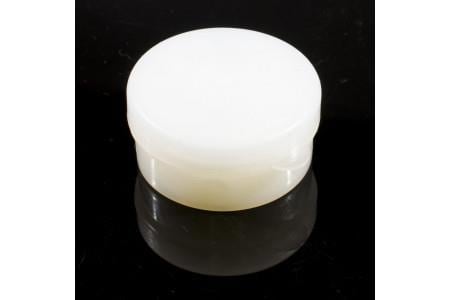
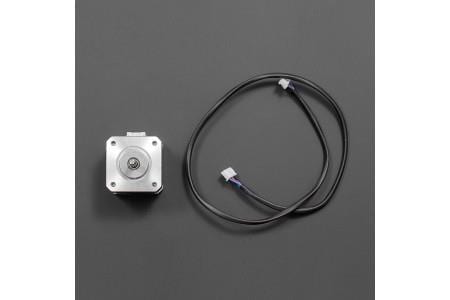



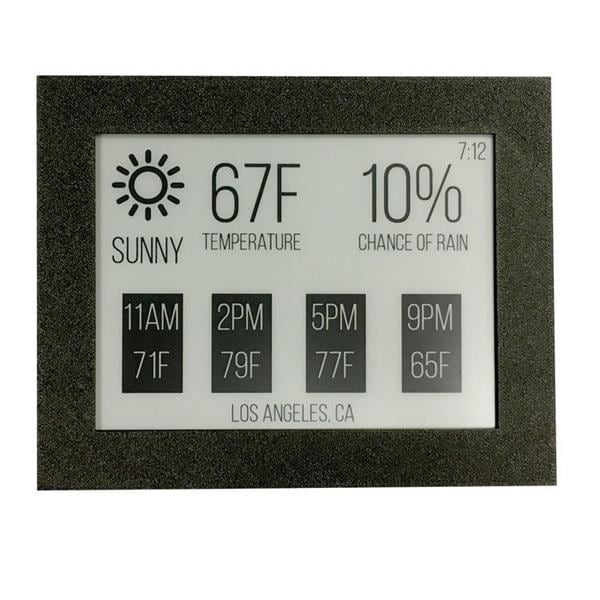
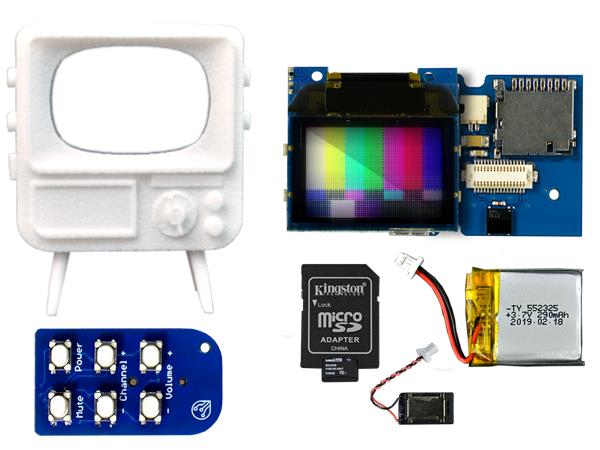
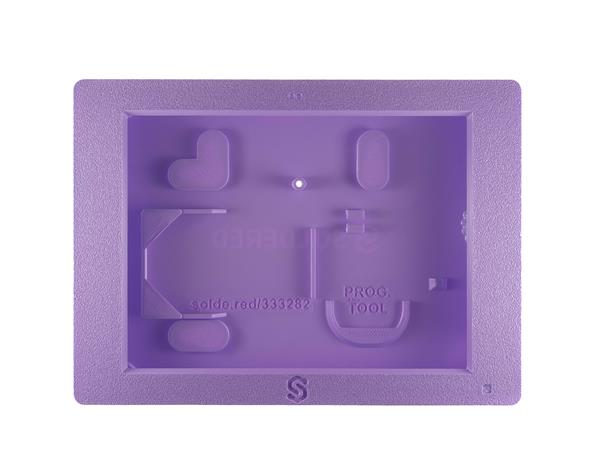
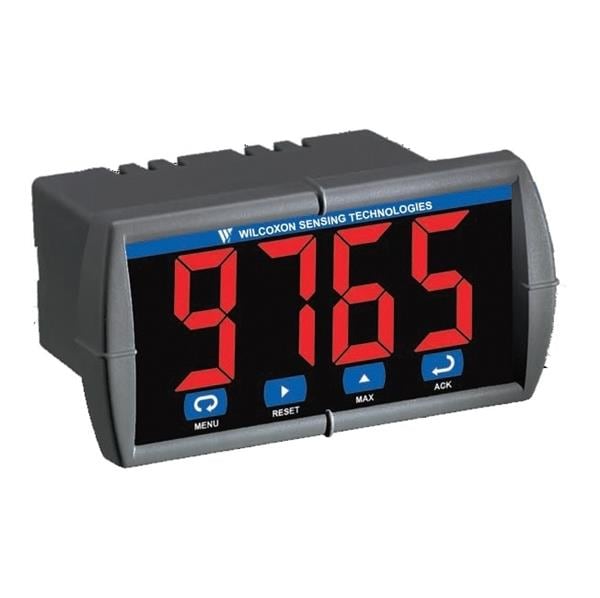
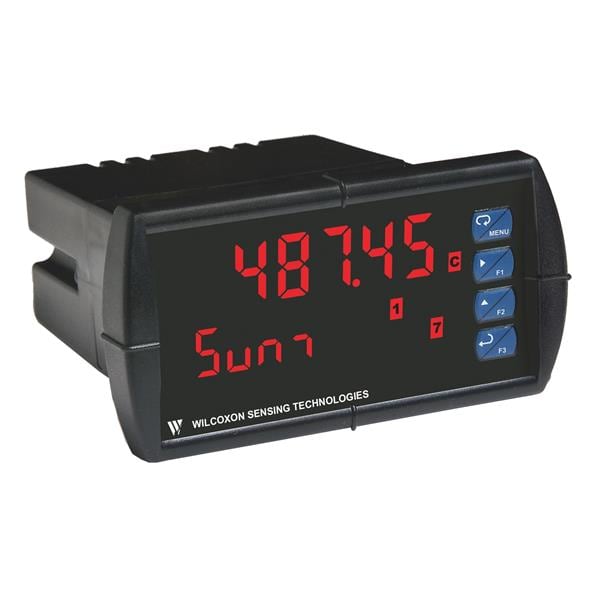

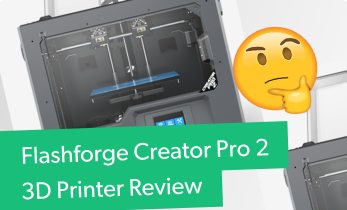
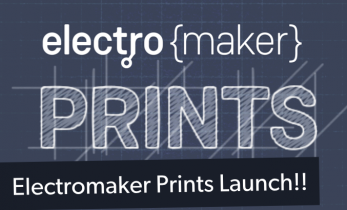
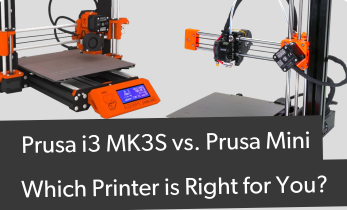
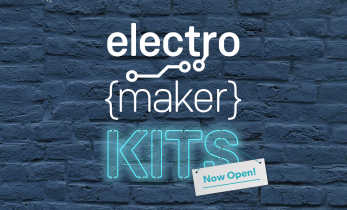

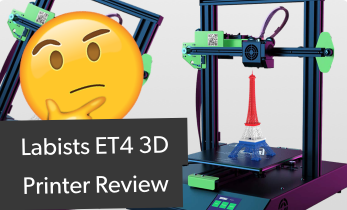

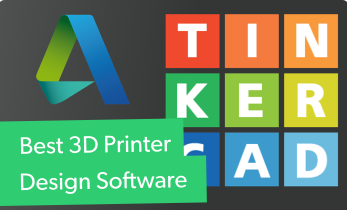


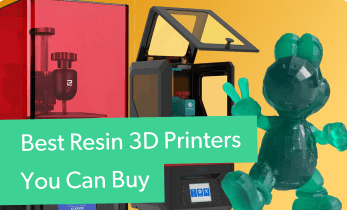

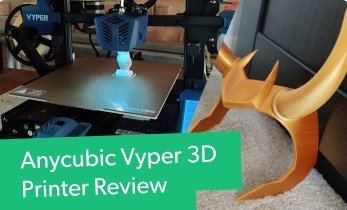
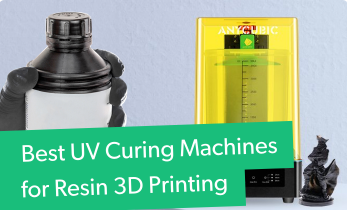

Leave your feedback...